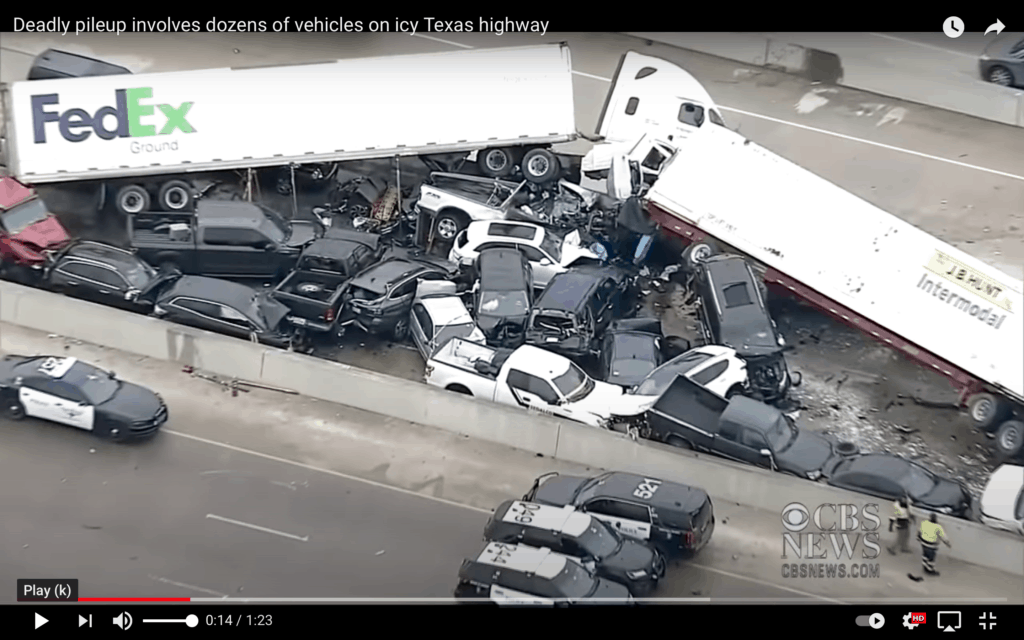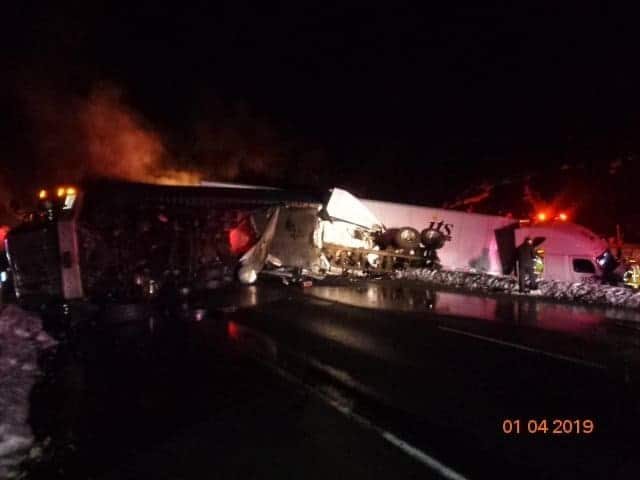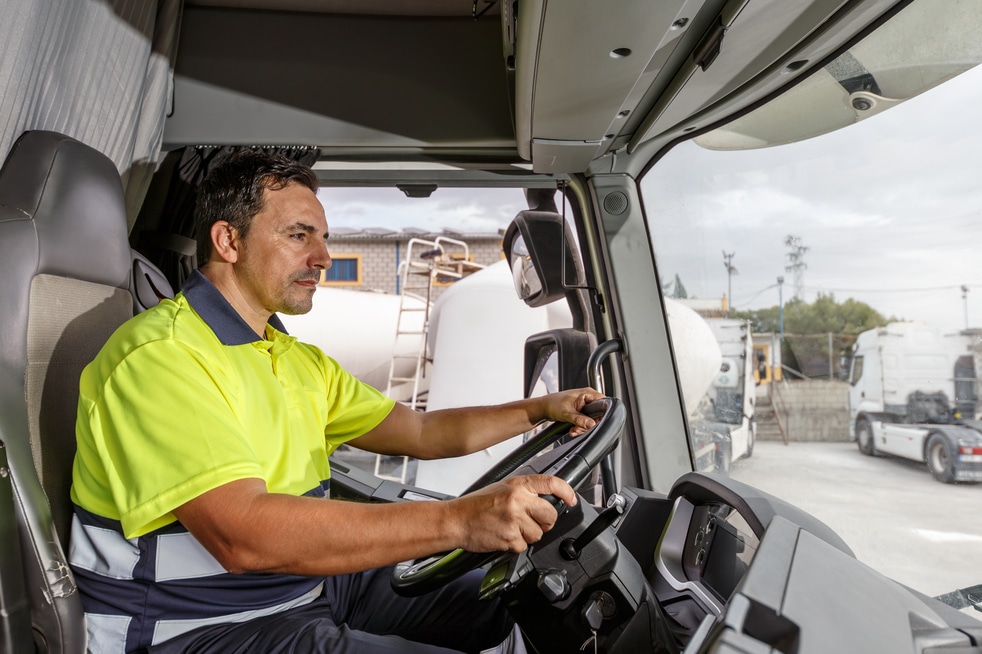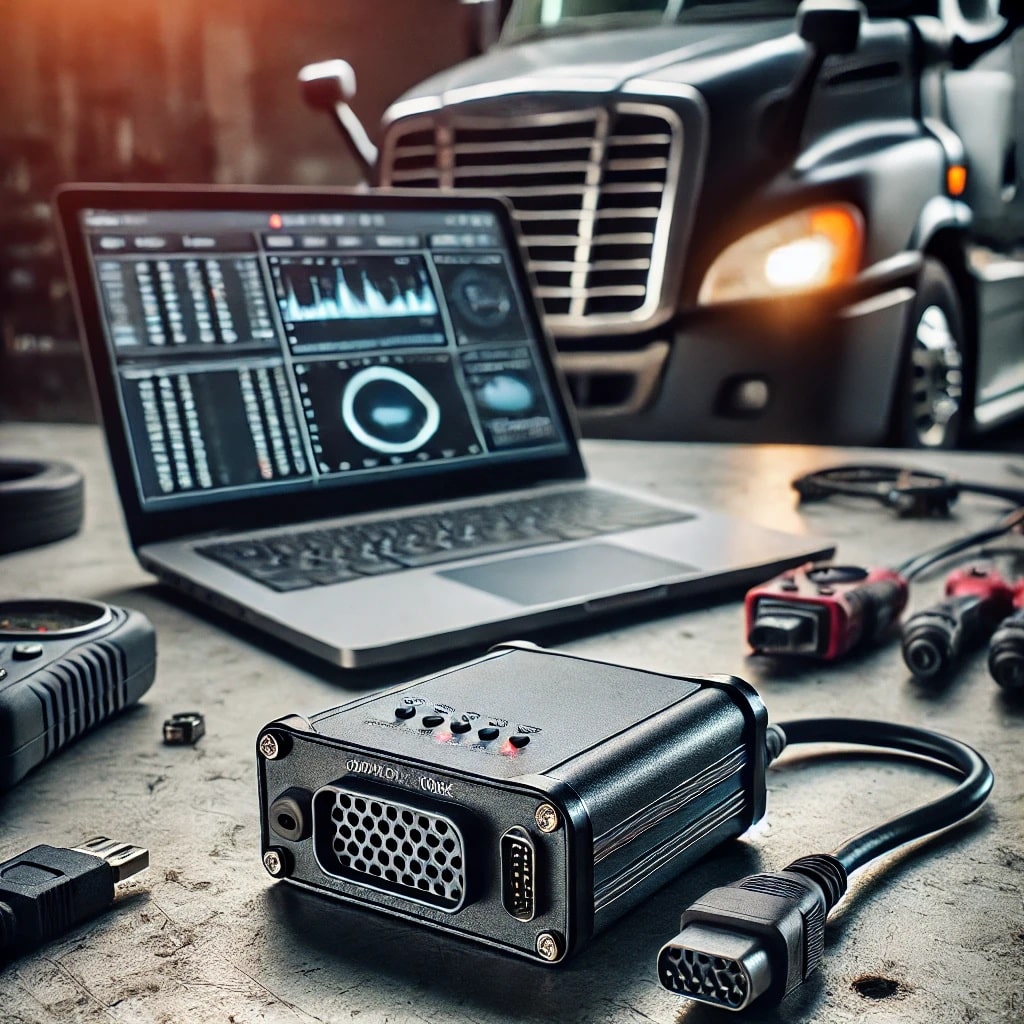As snow and ice have covered a good portion of the country in recent weeks, it’s been hard to avoid the images of multi-car pileup crashes that often resemble parking lots, or in the worst cases, vehicle scrap yards.
The videos of a massive pileup in Texas involved more than 130 vehicles over nearly a mile stretch of a major highway. While that particular event is extraordinary, the multi-car pile-up crash itself is far more common in winter weather.

Here’s how a lawyer might go about sorting out fault and damage in a pileup.
Helpful Reading: What Happens if you Crash a Leased Car
Investigating a multi-car crash
In a chain-reaction collision, the responding police officers try to document and record the crash scene. While we always consider police reports, they are often imperfect.
Officers on the ground may not be able to interview injured people, and they are also responsible for managing traffic and road clearance. Often, they miss talking with witnesses who have relevant and important information.
Identify the cause of the first crash
The driver who caused the first collision in a multi-car pileup is usually considered to be the first cause of the chain reaction of crashes. Recently, when a 12-vehicle pileup closed Highway 599 and the ramp to I-5 in Seattle, police officers were able to clearly identify the cause of the first crash as a driver who fled the scene and was later charged with hit-and-run.
Anyone driving on public roads has an obligation to drive safely—that includes considering the weather, traffic, and road conditions. When someone drives dangerously, they are responsible for the damages they cause.
When a driver loses control of his or her vehicle, due to their failure to operate the vehicle in a safe manner, they become responsible for the damage they cause.
Attorney Kevin Coluccio
There is an important distinction between an accident and a crash: an accident is a happenstance, an unlikely and unlucky occurrence. Most multi-car pileups are not just an accident. They are predictable, preventable events caused by a driver who is speeding, driving too fast in rain or snow, distracted, tired, or impaired.
Helpful Reading: How to Prove You Are Not At Fault in a Car Accident
But other factors may increase the effect of bad driving.
Other factors in chain reaction crashes
Weather: Multi-car pileup crashes are most common in winter when the road surface is wet or rain and snow affect visibility and stopping time.
Time of day: The time that the crash occurred can help us investigate the causes of the crash—for example, the likelihood that a driver was tired or intoxicated. We also know that the temperature is lowest just before dawn: so drivers may not be prepared for surface ice.
Location: In urban areas, multi-car crashes usually happen at stoplights. These can be serious, but a pileup on a highway is much more dangerous because of the rates of speed. We also look at traffic patterns to see if speeding is common in the area, or if the location has varying weather patterns. For example, if we see that the crash occurred near the I-90 Snoqualmie mountain pass, we know that the weather, speed, and elevation are all factors.
The number of vehicles involved: In assessing fault and liability for chain-reaction crashes, we look at both the number of cars and trucks involved in the direct chain and also the number of drivers who were able to avoid the pile-up. However, if a driver swerves into the ditch to avoid hitting a pile-up in front of them, they are still considered part of the overall crash event.
Types of vehicles involved: People driving commercial vehicles have the same obligations as all drivers but to a much greater extent.
An 80,000-pound big rig can cause much more damage than a regular car. That is why federal regulations and industry standards place an obligation of motor carriers and their drivers to pull over if the conditions prevent the safe operation of a semi-truck. Professional drivers are trained to drive defensively and take specific evasive maneuvers to avoid collisions.
Most of the highway pileups we have seen involved a commercial motor vehicle—semi, heavy truck, bus, garbage truck, etc.

In one multi-vehicle fatal truck crash we handled, a truck driver lost control of his equipment and both his semi-truck and trailer spun out and turned over— spilling treated human waste across the highway.
Helpful Reading: What to do if you Hit a Parked Car
Insurance claims after a multi-car pileup
After an injury in one of these compound collisions, filing an insurance claim for motor vehicle damage and getting medical bills paid can be very challenging.
Each driver’s insurance company will assign an insurance adjuster to the crash claim. Insurance company adjusters are incentivized to deny coverage, which is not difficult to do in a chain-reaction collision.
Adjusters may not agree with the police report’s version of events, or with the conclusions of the lawyers’ investigations. Even if all parties can agree on the first-cause driver, if other drivers were speeding or failed to drive safely given the conditions, then they may have some responsibility for the pileup.
There is always the possibility that claims could be made against drivers that follow the initial crash. For example, a driver who comes racing into the scene of a crash because they are distracted or not paying proper attention to the road.
Drivers may file Uninsured/Underinsured Motorist (UM/UIM) claims with their own car insurance company. It’s common to file a UM/UIM claim if there were multiple vehicles involved, or if the other drivers don’t have enough insurance.
The confusion among insurance companies is one of the best reasons to consult with an attorney if you’ve been involved in a multi-car pileup. The process can take a long time, so take care of yourself and protect your legal rights.

How to deal with insurance adjusters after a crash
Recommended Article: What to do after a Car Accident not your Fault



